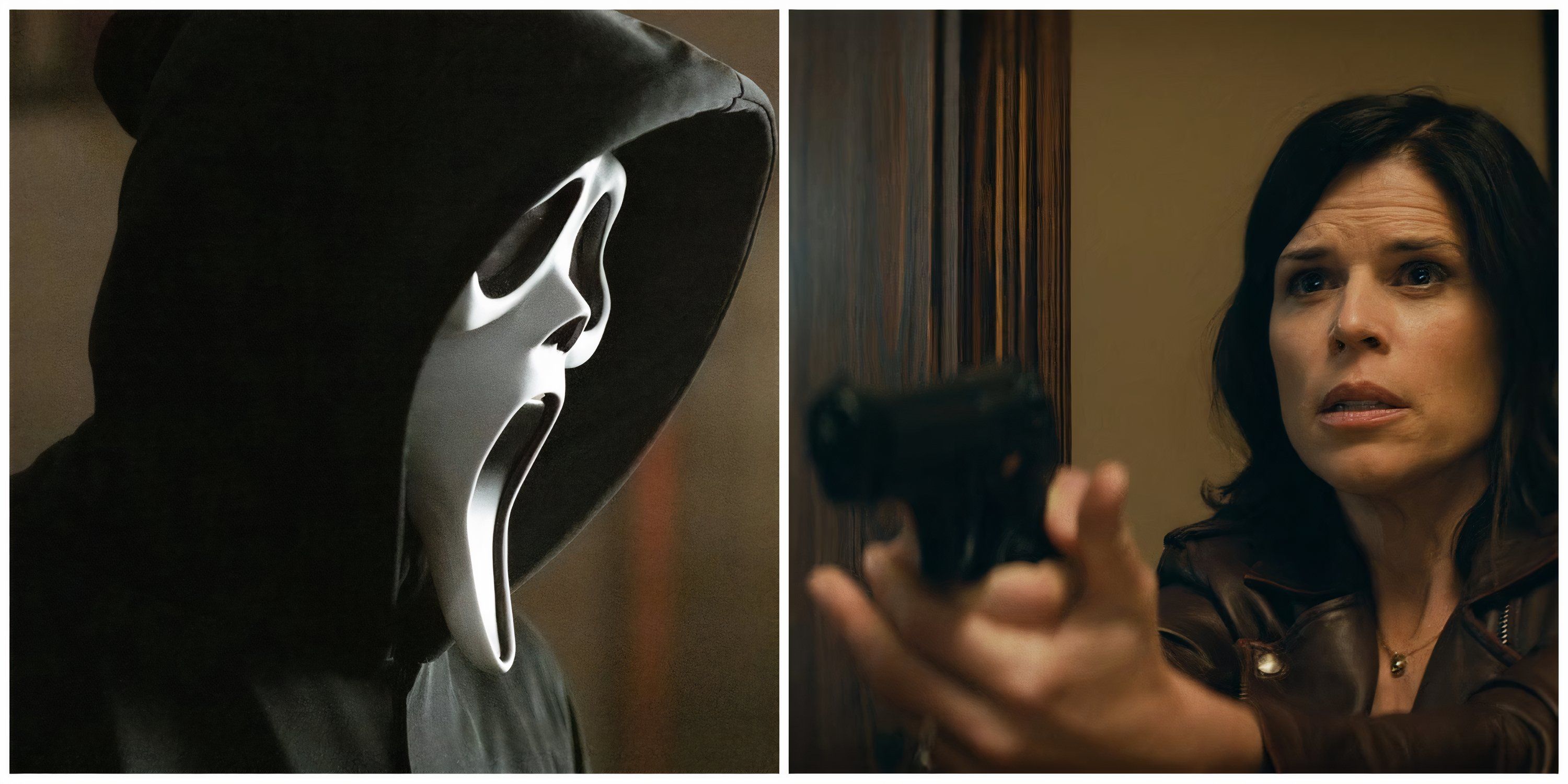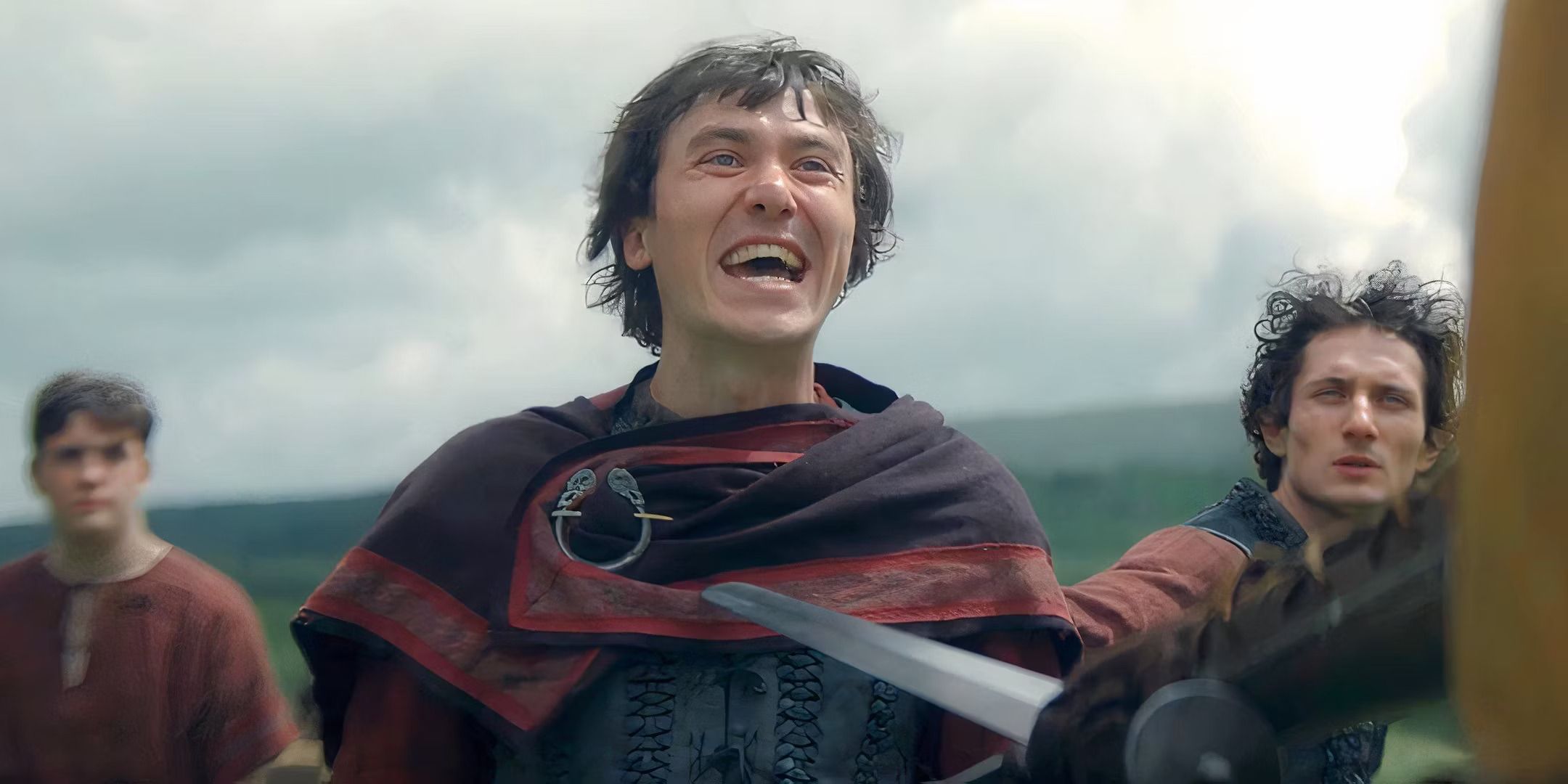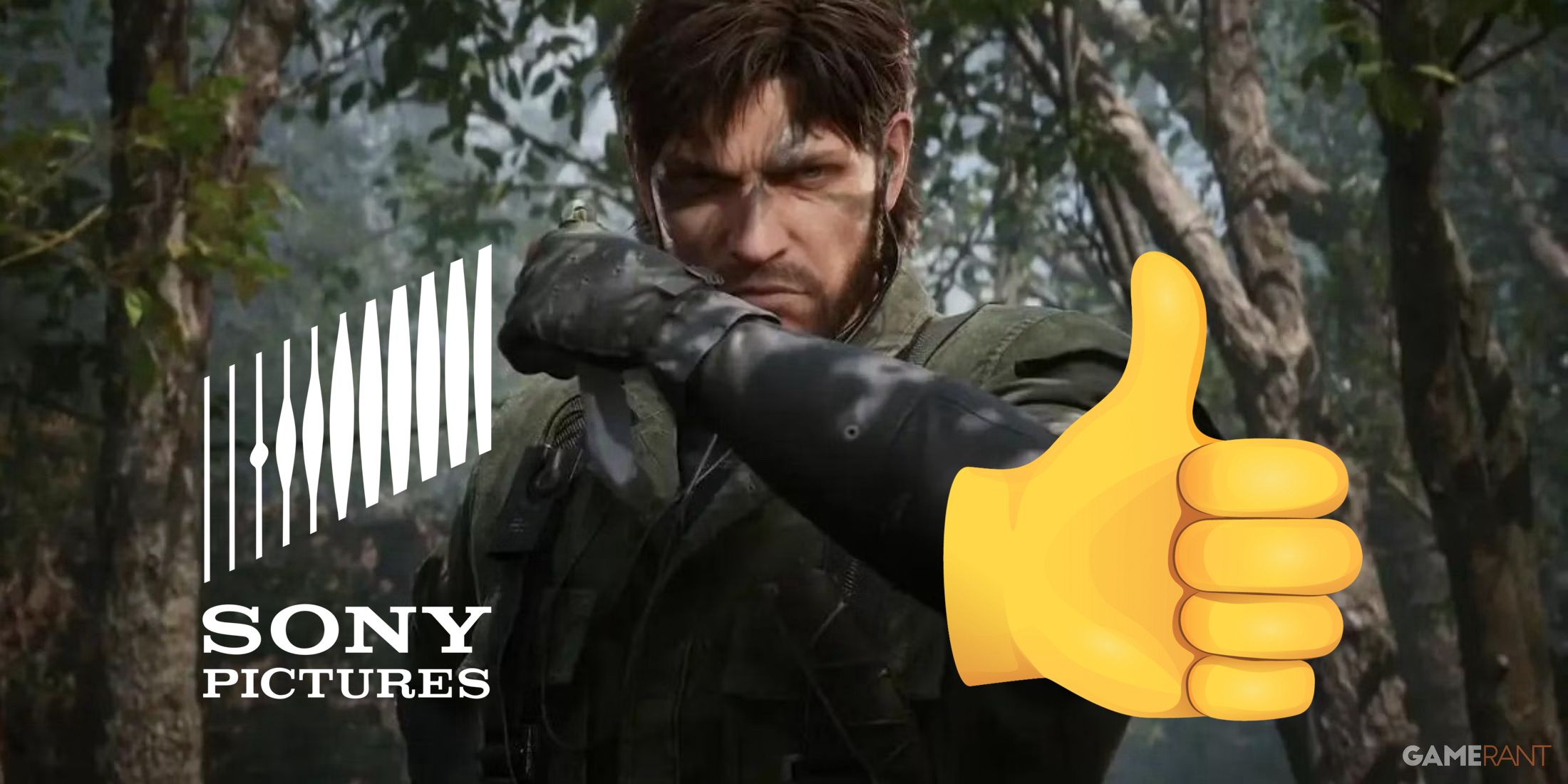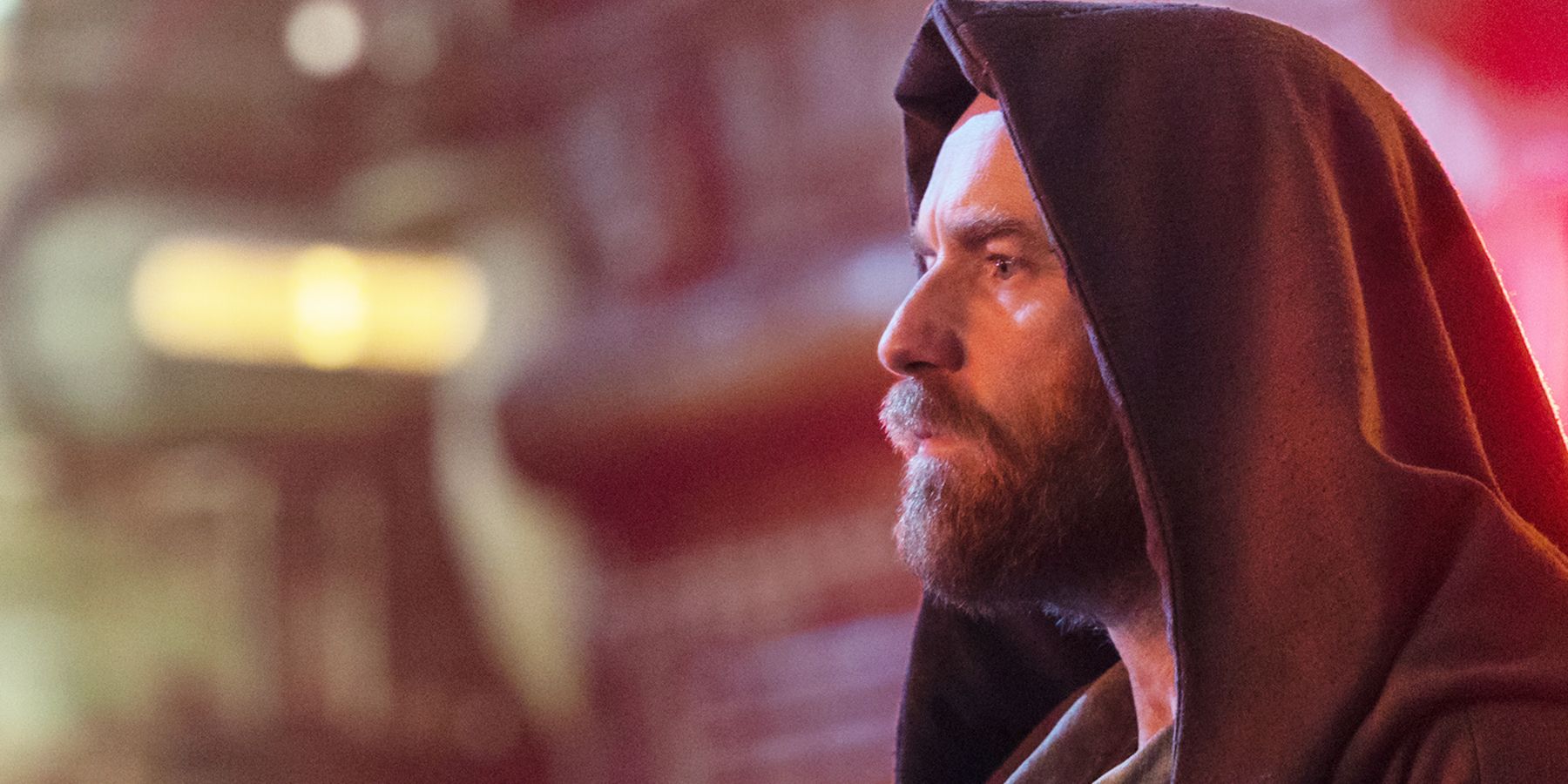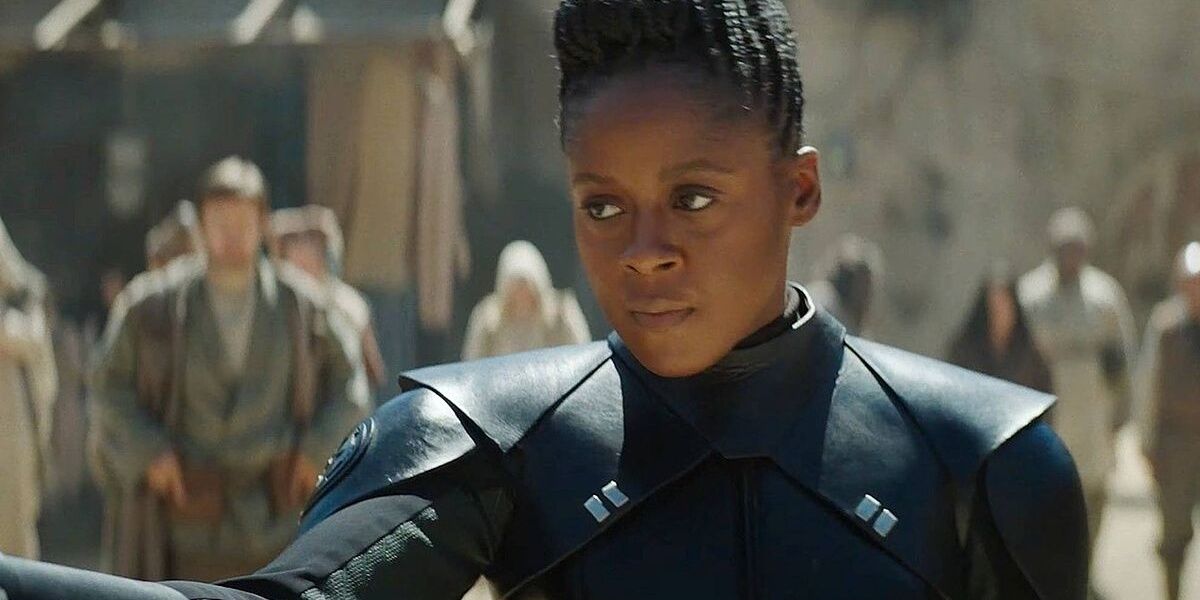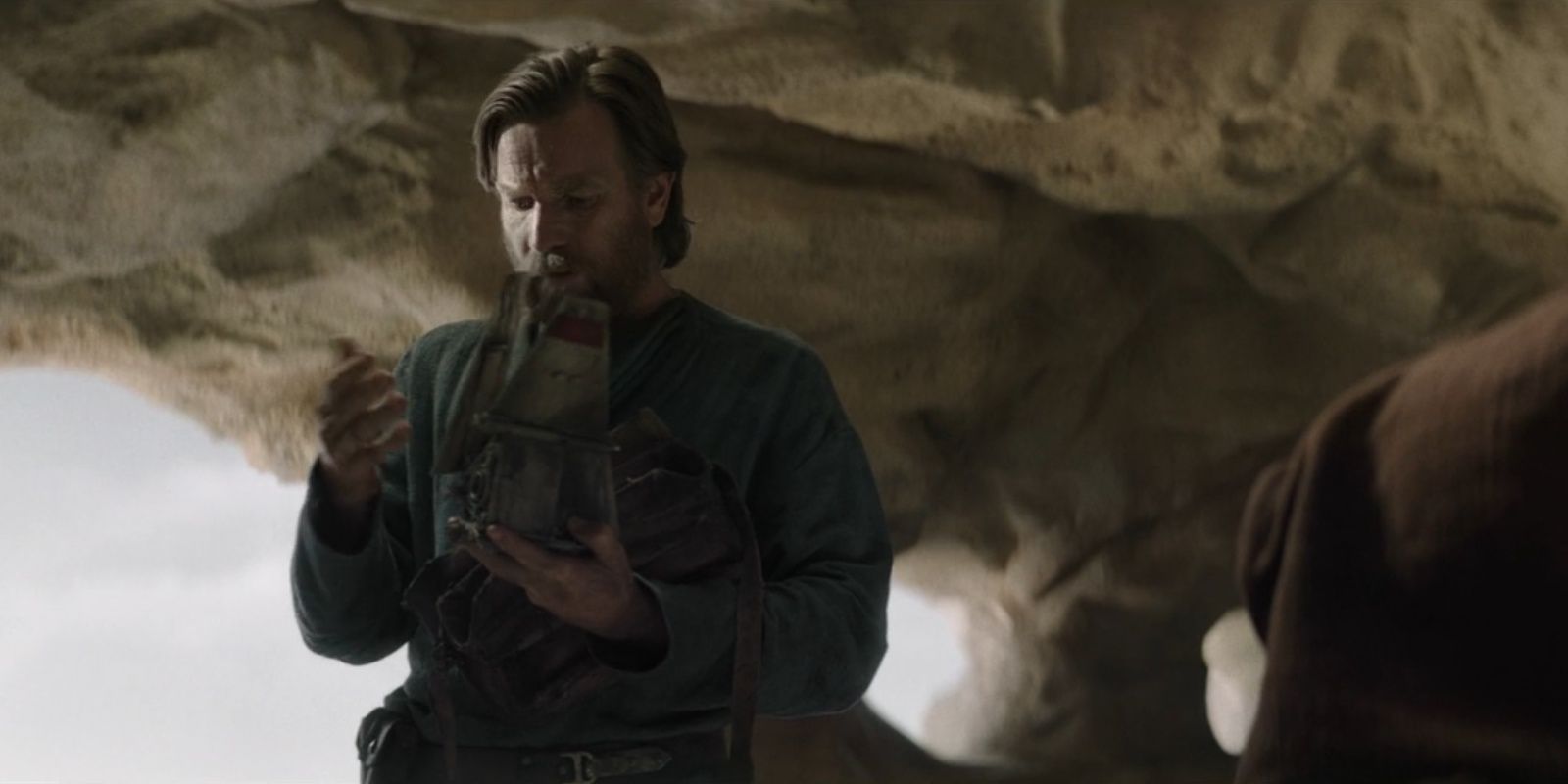The evolution of a character can be mapped over the course of a long franchise, leaving them unrecognizable a few decades after their initial introduction. As the role of a beloved character shifts, so too does the entire franchise's tone, presentation, and place in the larger cultural conversation.
Obi-Wan Kenobi is almost entirely based around reintroducing mainstays introduced in a film franchise almost fifty years ago, and depicting them in new situations. The eponymous Jedi Master finds himself retired by circumstance and haunted by his past mistakes, insisting to anyone who asks that he isn't the same man anymore. When it comes time to take action, however, he proves his point in an unexpected way.
The first two episodes of Obi-Wan Kenobi find the former mentor hiding out on Tatooine and watching over Luke Skywalker as he evades the watchful eyes of The Inquisitors. He's sworn off Jedi activities like keeping the peace or pursuing justice, out of concern for his own safety. Unfortunately for him, the powerful new villain The Third Sister is seeking him out with a vengeance. Obi-Wan is dragged back into action by the pleas of his friend Senator Bail Organa, who demands his attention and ensures him no one else can do the job. The young Princess Leia has been kidnapped with the clear intent of dragging Kenobi into a trap. As is so often the case, Obi-Wan refuses the call to adventure, then relents, boards a ship, and sets off to save the princess. This isn't surprising, but his methods are a bit unorthodox for the Obi-Wan fans know and love.
Obi-Wan digs up his old lightsaber, and fans would be forgiven for settling in for some prequel-style lightsaber combat. Surprisingly, though, the resulting conflict resembles Blade Runner more than it does any previous Star Wars content. Obi-Wan relies almost entirely on a blaster pistol, uses stealth and dirty tactics against his foes, and even punches out a criminal with a single uppercut. It's weirdly reminiscent of action classics of the 70s and 80s. In fact, dragging the level of technology back a few thousand years would turn the exchanges into a fairly solid Indiana Jones adventure. Obi-Wan's distaste for blasters in the later films isn't the primary reason this feels slightly odd. The Jedi Master and his peers have always borrowed action inspiration from earlier works, it's just that they used to take from a very different playbook.
Every fan has heard about many of the influences behind the original Star Wars trilogy. The classic Flash Gordon adventure serials and decades of groundbreaking sci-fi comics and novels provide the bones for most of the fantastical elements. Cinematically, however, Akira Kurosawa's proud history of Jidaigeki samurai films had a huge impact on George Lucas. Samurai tropes, along with those of Arthurian knights, make up the primary DNA of the franchise's depiction of Jedi. Over the years, much of Star Wars has followed the path of those Jidaigeki films, by slowly morphing into westerns. This is a natural transition, since many tropes of the classic westerns were inspired by samurai films, and they map comfortably onto a sci-fi setting. Both Jidaigeki and westerns were in their cinematic heyday in the 1960s. The new presentation of Obi-Wan doesn't just represent the evolution of the character, but the evolution of Star Wars' take on action in general.
Star Wars has been adapting early-to-mid 20th-century cinema into a modern and postmodern science fantasy format since the beginning. Lucas and those that took the torch from him added new elements to classic iconography to create something new. Now, so much of the modern Star Wars franchise consists of adding the series' specific aesthetics and mythos to other genres of fiction. The Mandalorian and The Book of Boba Fett represent the franchise shifting more into a space-western pastiche, taking the same inspirations and messing with the proportions. By turning the wizened mentor into the hard-bitten action hero, Obi-Wan Kenobi introduces new ingredients to the recipe.
Star Wars always has been and always will be a hodgepodge of inspiration from a million other sources that work together to become a genre tapestry. Fans love feeling the years of history and tradition that go into so many aesthetic decisions. This is also part of what makes the occasional extremely weird choice stand out and gain attention. Obi-Wan's shift from magical fencing tutor to the sci-fi gunslinger is unique and interesting on a large scale. It even feels uniquely modern, borrowing the serious hairy dad trope of something like The Last of Us and giving him a precocious young girl to protect. If the character was written in the 70s as he is today, one wonders whether Harrison Ford might have been cast to portray him.
Introducing new elements to any franchise is key to its long-term survival, and that's what this show does well. Fans will have to wait and see how Obi-Wan Kenobi continues to try valiantly to push the struggling Star Wars saga further into modernity.

